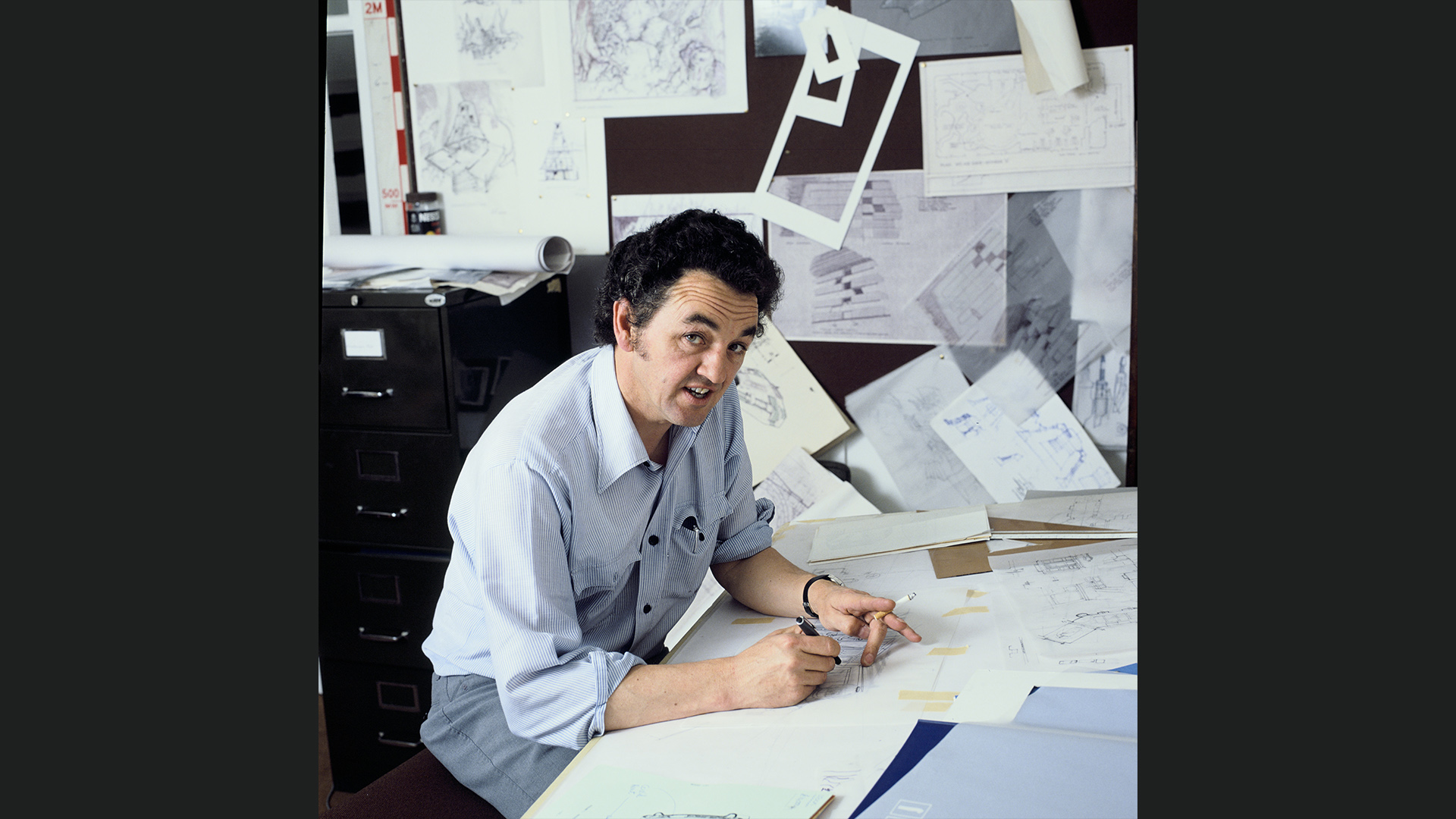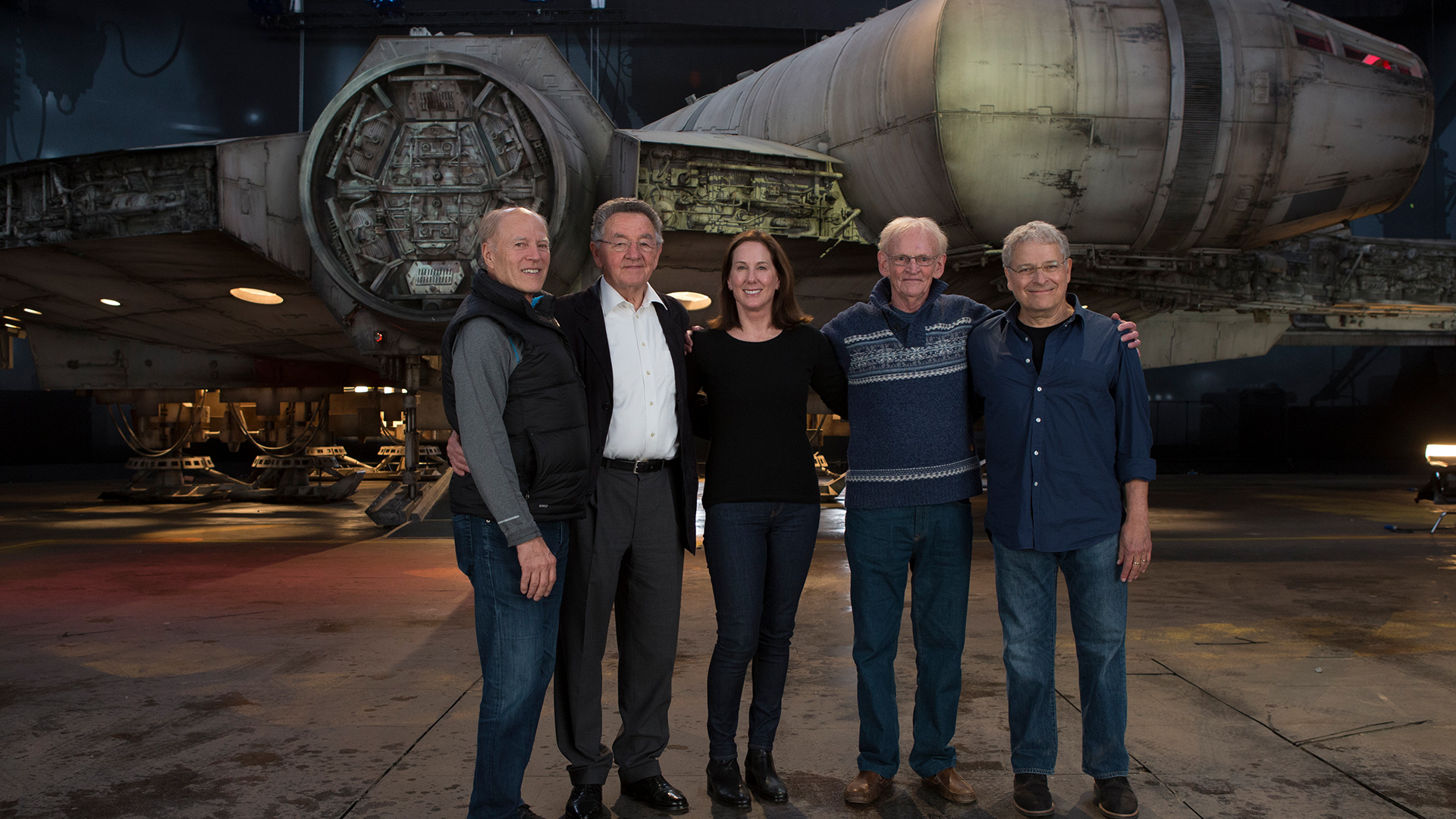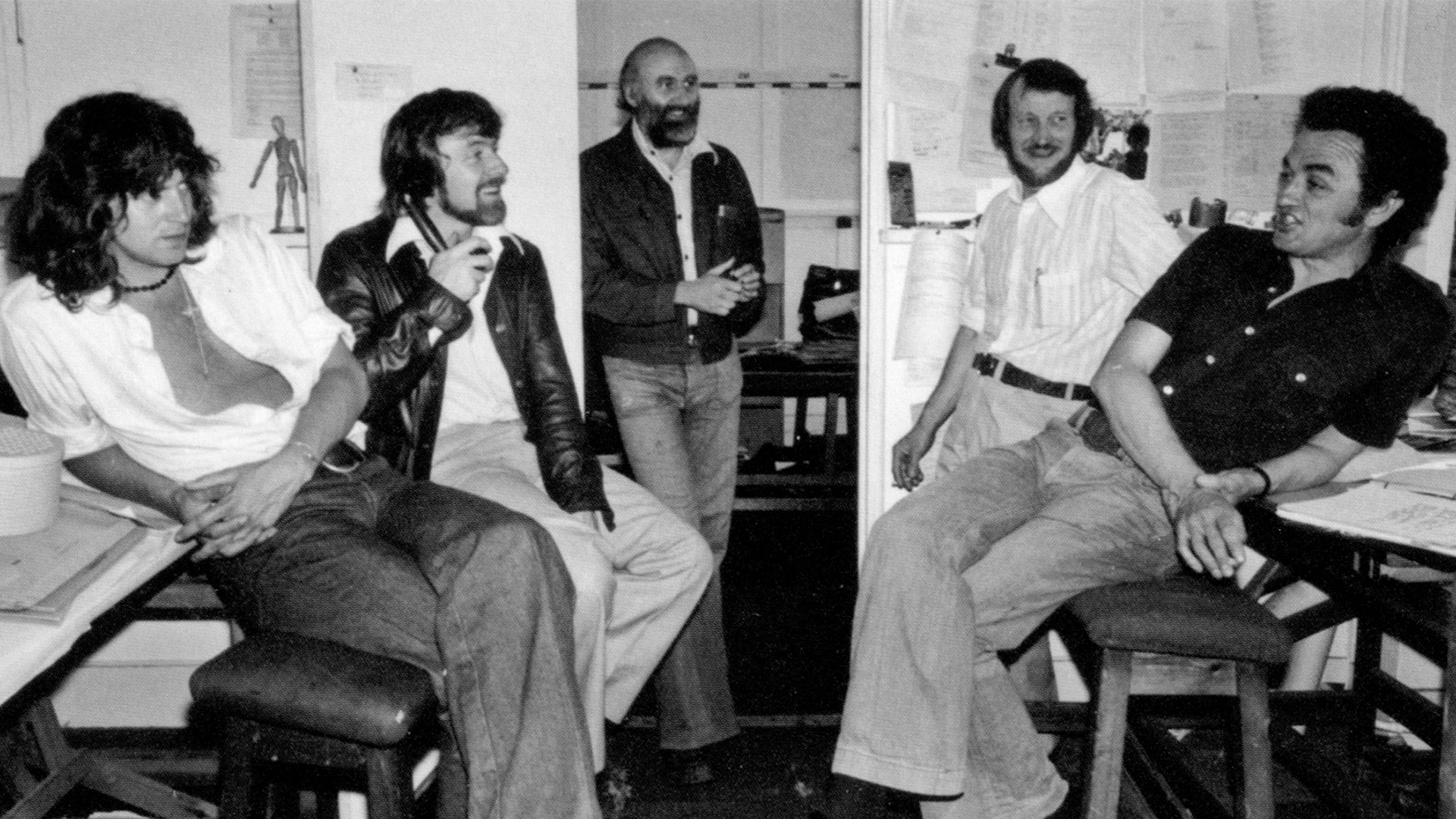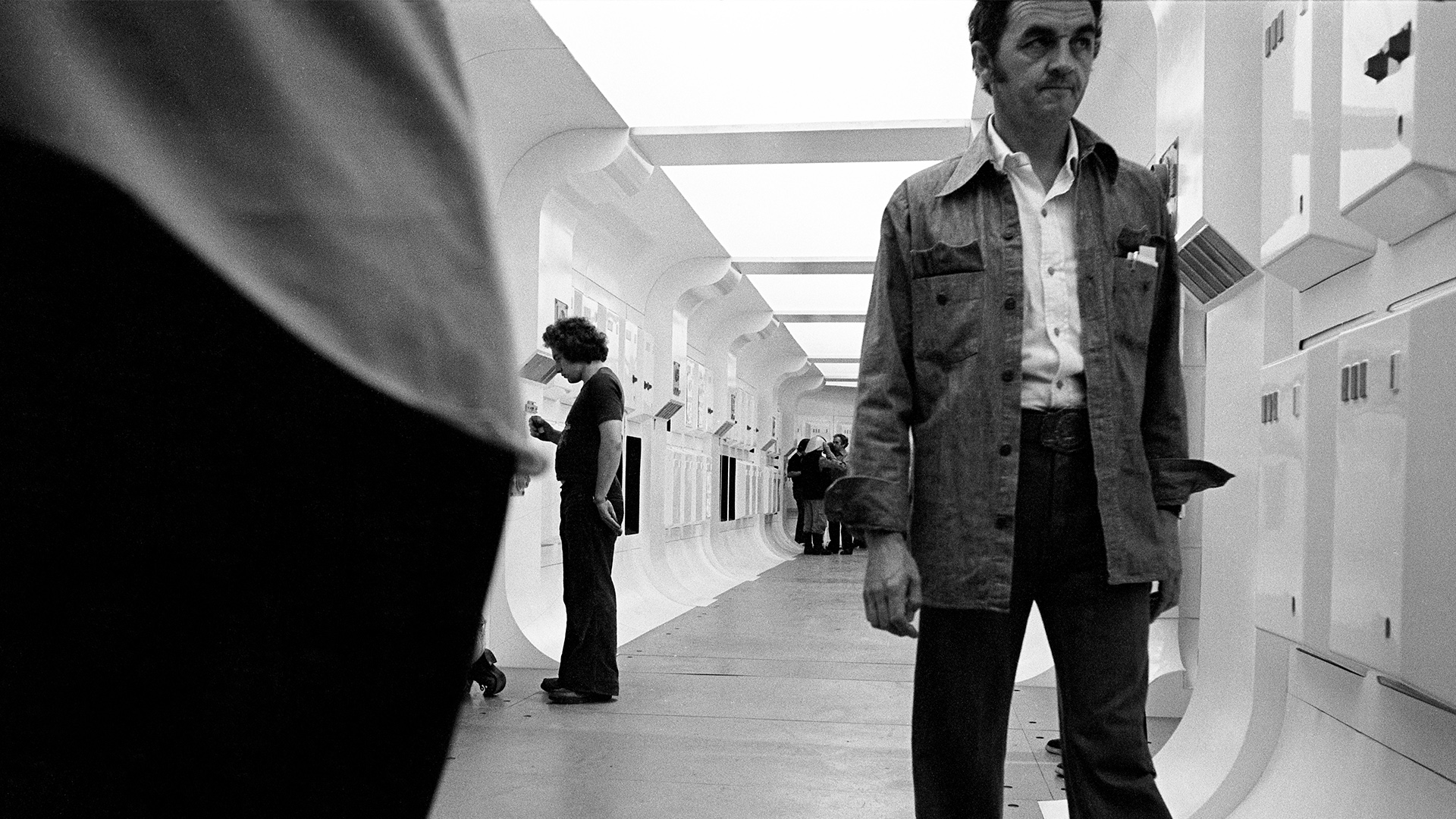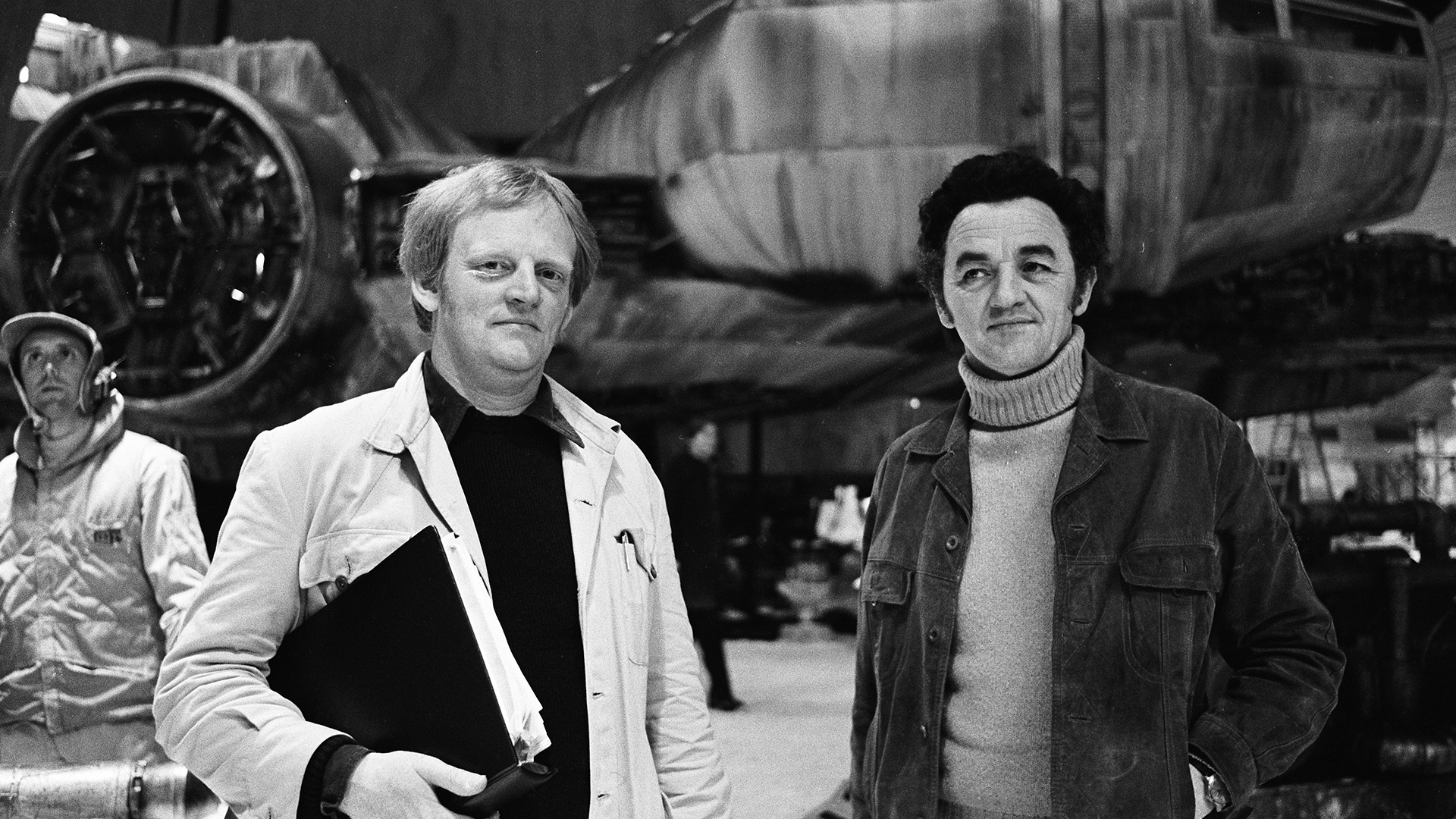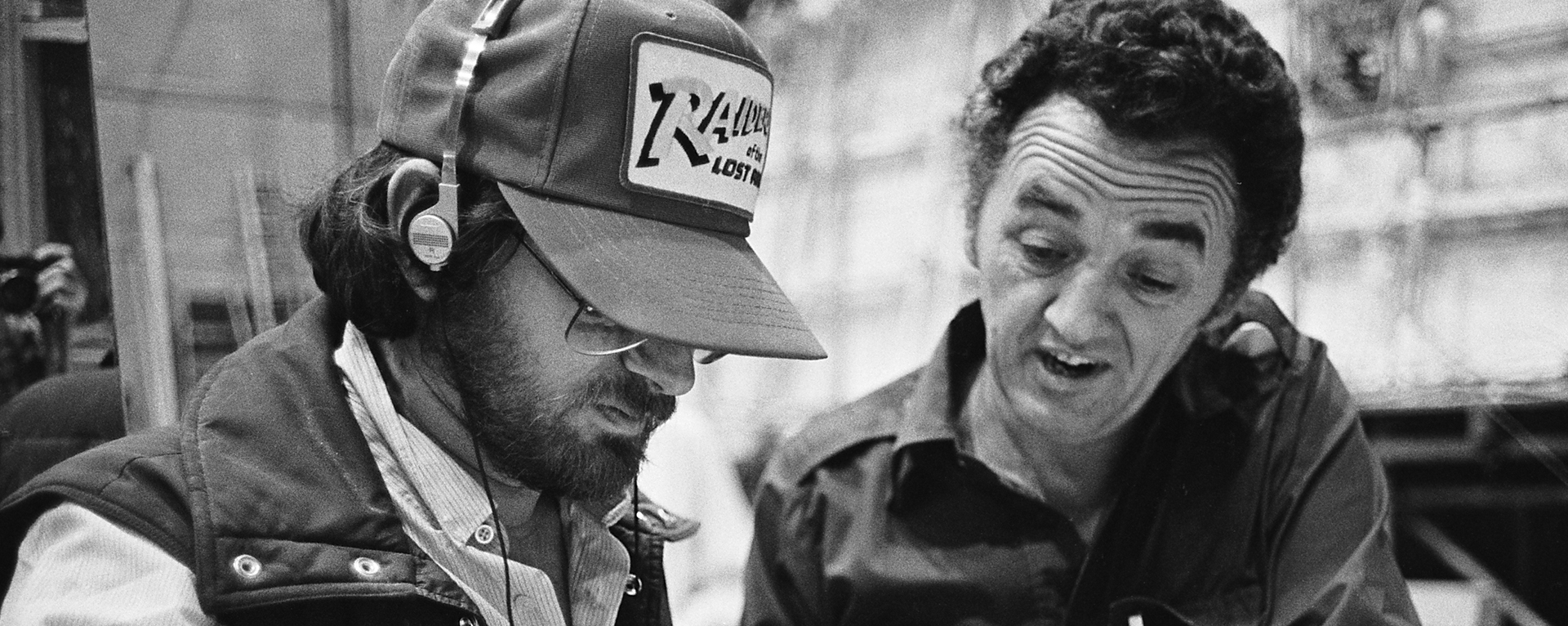Norman Reynolds: 1934-2023
The production designer was a creative force behind Star Wars and Indiana Jones.
Lucasfilm is deeply saddened by the loss of production designer and art director Norman Reynolds. “Frank and I were shattered at the news of Norman’s passing this weekend,” says Lucasfilm president Kathleen Kennedy. “Norman was an exceptional person to work with. His contributions to the first entries of the Star Wars saga and Indiana Jones series helped set the standard for the look of these beloved stories that has inspired generations of film designers. Our thoughts are with his family.”
“Norman was always smiling with enthusiasm, and there was nothing he couldn’t make work!” adds director Steven Spielberg, who first collaborated with Reynolds on Raiders of the Lost Ark (1981). “Joyful and friendly and a massive talent.”
A native of London, England, Reynolds was an art director on Star Wars: A New Hope (1977). He worked closely with John Barry, the film’s overall production designer, to help establish the core design philosophy behind Star Wars architecture and construction. They joined art director Leslie Dilley and set decorator Roger Christian as winners of the Academy Award for Art Direction in 1978. For Star Wars: The Empire Strikes Back (1980), Reynolds was elevated into the production designer role as Barry pursued directing (sadly, he would pass away while working as a consultant on Empire).
Reynolds was a congenial department head, and collaborated well with his fellow artists and designers at Industrial Light & Magic and Lucasfilm. Part of his brilliance was to translate the conceptual designs of artists like Ralph McQuarrie and Joe Johnston into fully-constructed sets on a soundstage or a remote location. Reynolds made the fantastic designs of a galaxy far, far away practical and accessible. The legacy of this work spreads from movies and series to video games, immersive entertainment, and theme park experiences. In every detail of Star Wars spatial design is the foundational work accomplished by Reynolds and his colleagues.
What made collaborating filmmakers appreciate Reynolds was his ability to think from a director’s point-of-view. During work on the massive Echo Base set for Empire (which included the construction of a full-size Millennium Falcon), Reynolds would humbly comment, “One can never say exactly where every shot will take place, and I think it would be unfair and unrealistic to pin down a director. So one’s always fighting with how far to go with the finish and all the details of every part of the set. But there comes a time when you have to make up your mind and say, ‘That’s as far as we can go.’ I did try to take the set up to a certain standard and hopefully it’s come off.”
When Steven Spielberg partnered with Lucasfilm to make Raiders of the Lost Ark, Reynolds became production designer, helping establish the Indiana Jones style from the ground-up. This even included sculpting the iconic golden idol that Indy attempts to procure during the film’s memorable opening. Reynolds used an Incan fertility sculpture that he’d collected during his travels overseas.
The designs for Raiders were earthy, moody, and lived-in, yet with a kind of magic that carried the audience’s imagination into the world of the story. After leasing a rusty old ship to become the Bantu Wind, Reynolds was dismayed to learn that the ship’s owners had repainted it to look fresh and new for the production. He hastily directed his crew to redress the ship into its worn and aged former appearance.
Of course, Raiders wouldn’t be complete without Indy’s close call with a giant boulder as it rolls down a temple passage. “I didn’t know it was gonna look as good as it did until the day Norman Reynolds showed me that he had actually made a boulder that was something like 22 feet in circumference,” Steven Spielberg would explain. As Reynolds explained, it was Spielberg himself who kept asking for it to be bigger! Raiders would earn Reynolds his second Academy Award for Art Direction in 1982 alongside art director Leslie Dilley and set decorator Michael Ford.
On most of these projects, Reynolds was part of the small team to make location scouts (known as recces in the United Kingdom) all around the world, from tundras and fjords in Norway to desert landscapes in Tunisia and secluded redwood forests in Northern California. He would then collaborate with the production team, helping lead dozens if not hundreds of craftspeople to bring elaborate constructions to these remote locales, from a bunker on the forest moon of Endor to a massive excavation in the ancient Egyptian city of Tanis.
“The technicians and craftsmen are wonderful here [in the United Kingdom],” Spielberg said during production of Raiders, “especially the guys who construct the sets. They’re all artists, Norman Reynolds and art director Les Dilley, and all the people working under them. It’s an art, not a business for them.”
—
